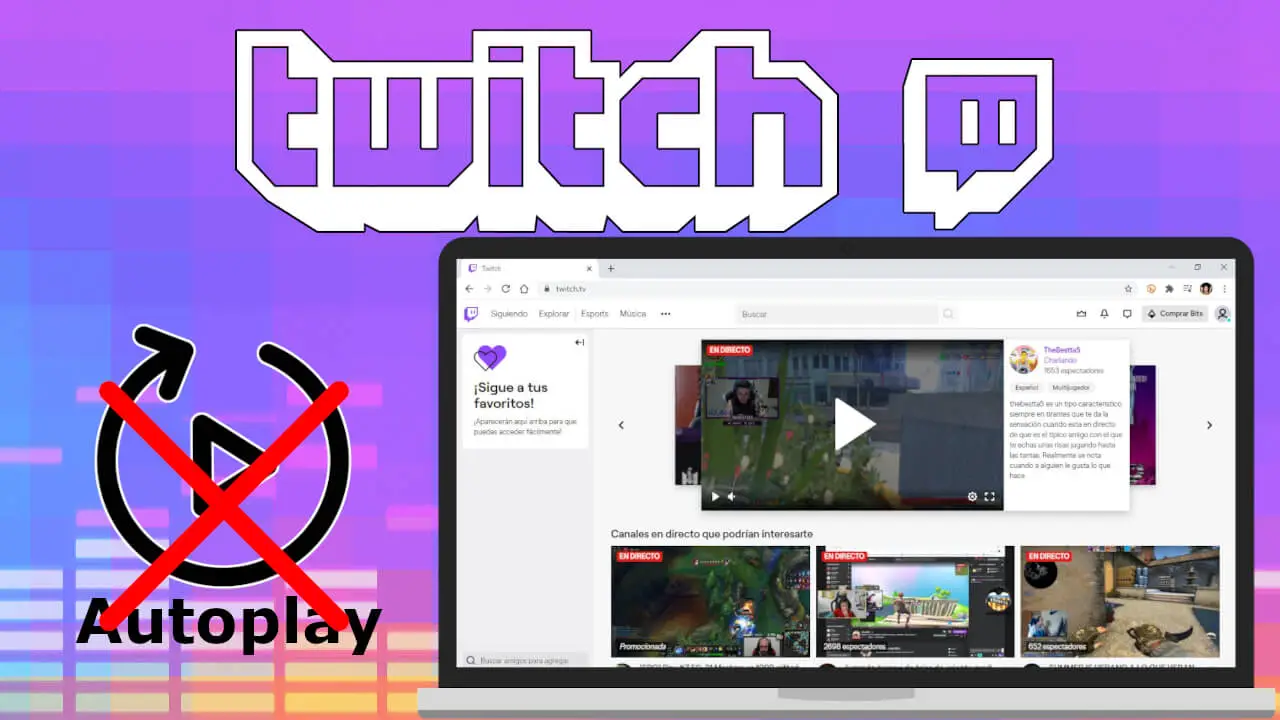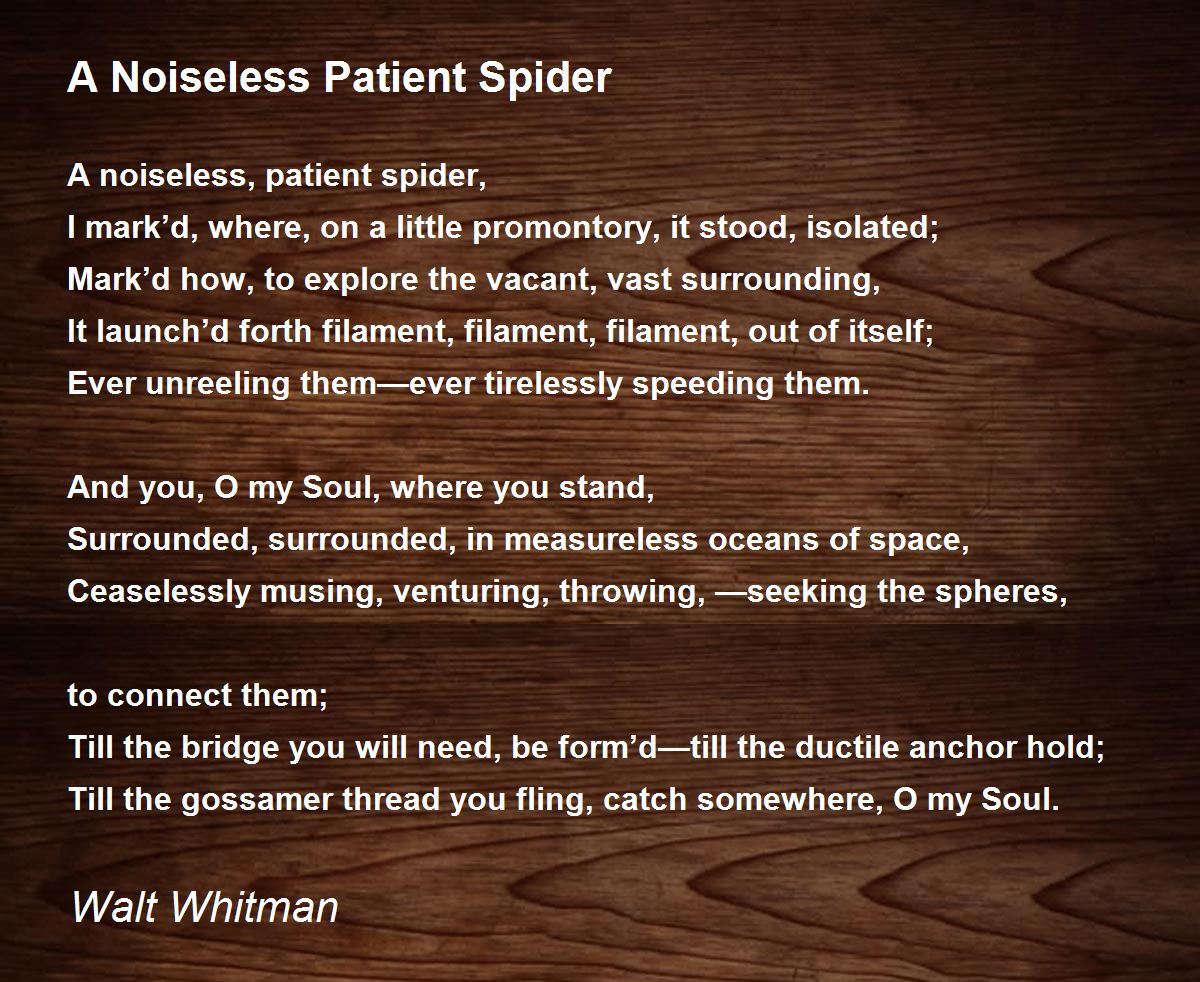Is It Ever Acceptable To Autoplay A Video On A Web Page?
We’ve all encountered autoplay video on the web, in one way or another. Thanks to Facebook, it’s become popular all over again with the company rolling out videos that play as you scroll past. Jun 12, 2014 I’m Going To Show You How To Automatically Play Your YouTube, Yahoo and Bing Videos. Here’s the exact Code to Auto Start Videos and the Video AutoPlay Embed Codes: Including Google Video. If they clicked on a video thumbnail with a “play” icon and it also has a video length time indicator, then it is clear that clicking on this will play the video. So if a user clicks on it, I feel that the video can auto play on page load. That’s how YouTube behaves and I doubt that a Google owned site is not compliant.
Since nearly its beginning, the web has included support for some form of visual media presentation. Originally, these capabilities were limited, and were expanded organically, with different browsers finding their own solutions to the problems around including still and video imagery on the web. The modern web has powerful features to support the presentation and manipulation of media, with several media-related APIs supporting various types of content. Generally, the media formats supported by a browser are entirely up to the browser's creators, which can complicate the work of a web developer.

This guide provides an overview of the media file types, codecs, and algorithms that may comprise media used on the web. It also provides browser support information for various combinations of these, and suggestions for prioritization of formats, as well as which formats excel at specific types of content.
References
Images
- Image file type and format guide
- Covers support of image file types and content formats across the major web browsers, as well as providing basic information about each type: benefits, limitations, and use cases of interest to web designers and developers.
- Image file types for web designers
- Fundamental information about the various image file types that may be useful for web designers, including best practices and use cases for each type, and guidelines for choosing the right image file format for specific types of content.
Media file types and codecs
- Media containers (file types)
- A guide to the file types that contain media data. Some are audio-specific, while others may be used for either audio or combined audiovisual content such as movies. Includes overviews of each of the file types supported by the major web browsers, along with browser support information and supported features.
- Web audio codec guide
- A guide to the audio codecs allowed for by the common media containers, as well as by the major browsers. Includes benefits, limitations, key specifications and capabilities, and use cases. It also covers each browser's support for using the codec in given containers.
- Web video codec guide
- This article provides basic information about the video codecs supported by the major browsers, as well as some that are not commonly supported but that you might still run into. It also covers codec capabilities, benefits, limitations, and browser support levels and restrictions.
- The 'codecs' parameter in common media types
- When specifying the MIME type describing a media format, you can provide details using the
codecsparameter as part of the type string. This guide describes the format and possible values of thecodecsparameter for the common media types. - Codecs used by WebRTC
- WebRTC doesn't use a container, but instead streams the encoded media itself from peer to peer using
MediaStreamTrackobjects to represent each audio or video track. This guide discusses the codecs commonly used with WebRTC.
Guides
Concepts
- Digital audio concepts
- An introduction to how audio is converted into digital form and stored for use by computers. It explains basic concepts about how audio is sampled, as well as concepts such as sample rate, audio frames, and audio compression.
- Digital video concepts
- A guide to fundamental concepts involved with digital video as used on the web, including basics about color formats, chroma subsampling, how human perception influences video coding, and so forth.
Tutorials and how-tos

- Learning: Video and audio content
- This tutorial introduces and details the use of media on the web.
- Handling media support issues in web content
- In this guide, we look at how to build web content that maximizes quality or performance while providing the broadest possible compatibility, by choosing media formats wisely, and offering fallbacks and alternate formats where it would be helpful.
Other topics
- Media Capabilities API
- The Media Capabilities API lets you discover the encoding and decoding capabilities of the device your app or site is running on. This lets you make real-time decisions about what formats to use and when.
Most Asked Question I Get About Websites
Whoa – what? I have gotten a few surprises with questions at some of the presentations I have made the last few months with webinars and two conferences I just did. This particular question I get every time.
My Client Wants Autoplay for Their Video (or Audio), is That Okay?
That one took me by surprise, but I live and breath web design so maybe I shouldn’t assume we all know this. What people were looking for was trying to talk their clients out of it. They knew it wasn’t a good idea, they needed the why.

I am going to quote my good friend Deborah Edwards-Onoro who is a usability expert – 'it is considered bad usability for websites and just plain rude!' This is actually one of those web design 101 things you learn in the early stages in classes, auto-play is a major no-no. Why?
Is It Ever Acceptable To Autoplay A Video On A Web Page Mla
Okay, so a web visitor is sitting in their office cubicle and see an interesting link for a web page. They click and out comes LOUD MUSIC or SOMEONE TALKING. Embarrassed, they hurriedly look for a way to stop it and barring that, will turn down their volume. Not only is the site visitor embarrassed, but annoyed with the website for being the cause of that embarrassment. Yikes, you just alienated your site visitor. It is also a sign of an older site, this has trended out big time along with flash videos.
Is It Ever Acceptable To Autoplay A Video On A Web Page Chrome
But My Favorite Business Coach Does It!
Yet it seems to be a hard sales tactic. Why do some marketers get away with it? Well they want to make sure you hear that sales pitch. Also – their market is probably less likely to be sitting in a cubicle. This is especially true of people wanting coaching and entrepreneurs. But you still are taking control away from the user so tread with care because you risk alienating your site visitors. It’s a good bet these marketers are overcoming this annoyance with charm and overcoming a barrier but it will turn some people away.
Is It Ever Acceptable To Autoplay A Video On A Web Page Url
So bottom line, it’s rude but it is still about the audience, if your audience is okay with it and you have enough numbers you don’t mind alienating some of them, it’s probably okay. But for most websites – it is not a good idea. It trended out for a very good reason, people find the lack of control and embarrassment irritating.
Is It Ever Acceptable To Autoplay A Video On A Web Page Automatically
Get more website tips each week! Sign-up!
Related Posts
Is It Ever Acceptable To Autoplay A Video On A Web Page Google Chrome

Recently, one of my clients asked me to set up a commercial template they purchased.…
Do you have a favorite color or colors? Most of us do. I'll tell you…
Controversy - Opening Links in New Tabs I was hit up on this question by…
